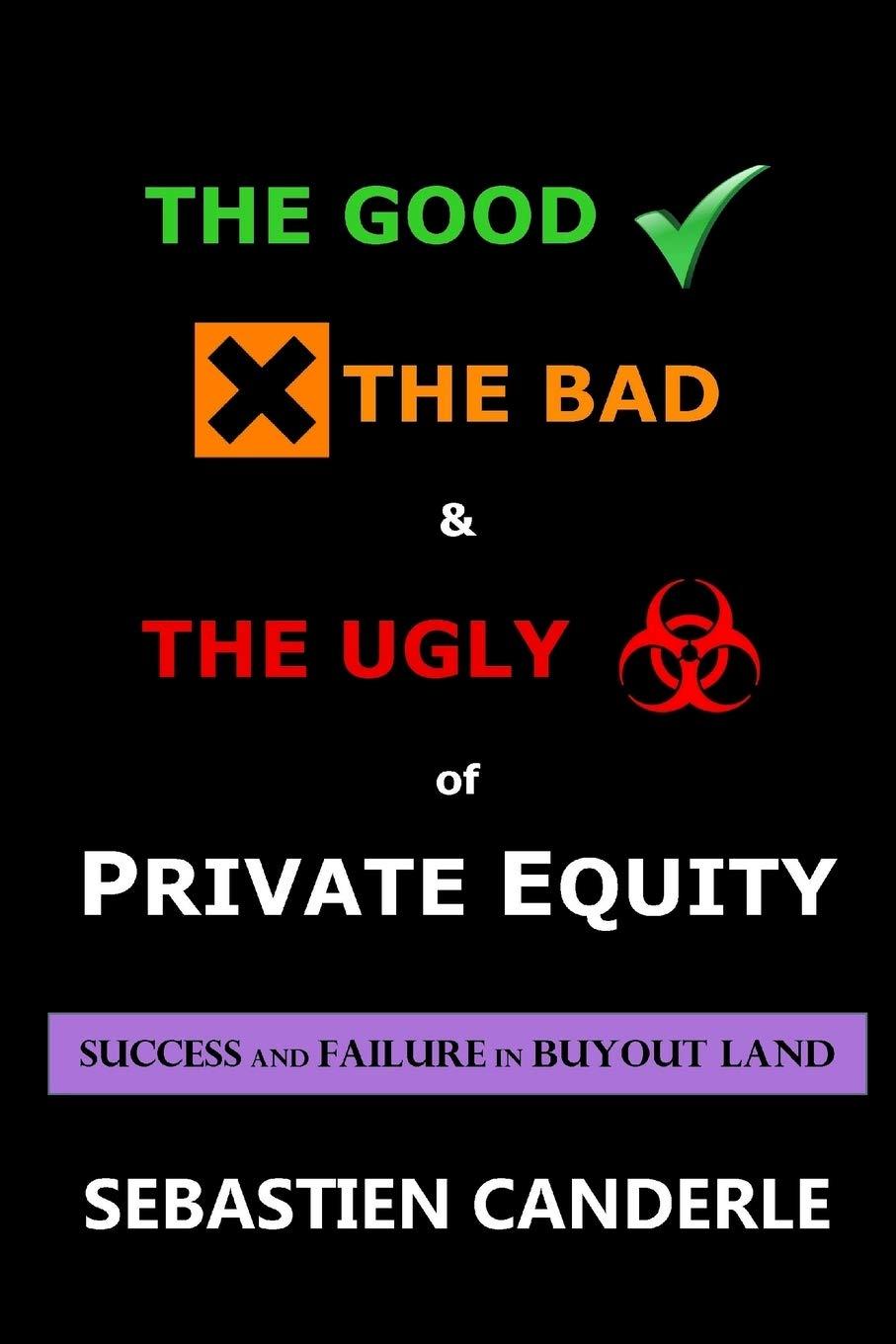Question
The Mulligan company, a manufacturer of electrical parts, is evaluating two mutually exclusive projects A&B. The projects are somewhat riskier than the usual projects the
The Mulligan company, a manufacturer of electrical parts, is evaluating two mutually exclusive projects A&B. The projects are somewhat riskier than the usual projects the firm undertakes; management uses the subjective approach and decided to apply an adjustment factor of +2% to the cost of capital for both projects.
The companys a marginal tax rate is 21%, and cost of capital is 11%, evaluate the following proposals.
Project A is a six-year project that requires an initial fixed asset investment of $3 million. The fixed asset falls into the seven-year MACRS class. Based on $20 per unit sale price, the project is estimated to generate $2,050,000 in sales during its first year, with production costs of $950,000. Sales and costs are expected to grow at 3% annually. The project requires a single initial investment in net working capital of $285,000 which is expected to be recovered in six years when the project is terminated. The fixed asset will have a market value of $225,000 at the end of its six years life.
Project B is also a six-year project that requires an initial fixed asset investment of $1.9 million that falls into the seven-year MACRS class. The fixed asset will also require an additional $100,000 in shipping and installation. The marketing firm predicts that first year sales related to the project will be 62,500 units, at a price of $16 per unit, and grow at an annual rate of 4%.
Operating costs related to the project are predicted to be 22% of sales. The project will also require an initial net working capital investment of $150,000 which is expected to be recovered at the end of six years. The asset is expected to have a market value of $22,000 at the end of the six years when the project is terminated.
The MACRS tax rates are given below:
| Year | 3 | 5 | 7 |
| 1 | 33.33% | 20.00% | 14.29% |
| 2 | 44.45% | 32.00% | 24.49% |
| 3 | 14.81% | 19.20% | 17.49% |
| 4 | 7.41% | 11.52% | 12.49% |
| 5 |
| 11.52% | 8.93% |
| 6 |
| 5.76% | 8.92% |
| 7 |
|
| 8.93% |
| 8 |
|
| 4.46% |
- Calculate project As cash flows for years 0-6
- Calculate NPV, IRR and PI for project A
- Calculate project Bs cash flows for year 0-6
- Calculate NPV, IRR and PI for project B
- Which project should be accepted if any and why?
- What is the exact NPV profiles crossover rate (incremental IRR)? And what is the relevance of this rate?
Step by Step Solution
There are 3 Steps involved in it
Step: 1

Get Instant Access to Expert-Tailored Solutions
See step-by-step solutions with expert insights and AI powered tools for academic success
Step: 2

Step: 3

Ace Your Homework with AI
Get the answers you need in no time with our AI-driven, step-by-step assistance
Get Started


